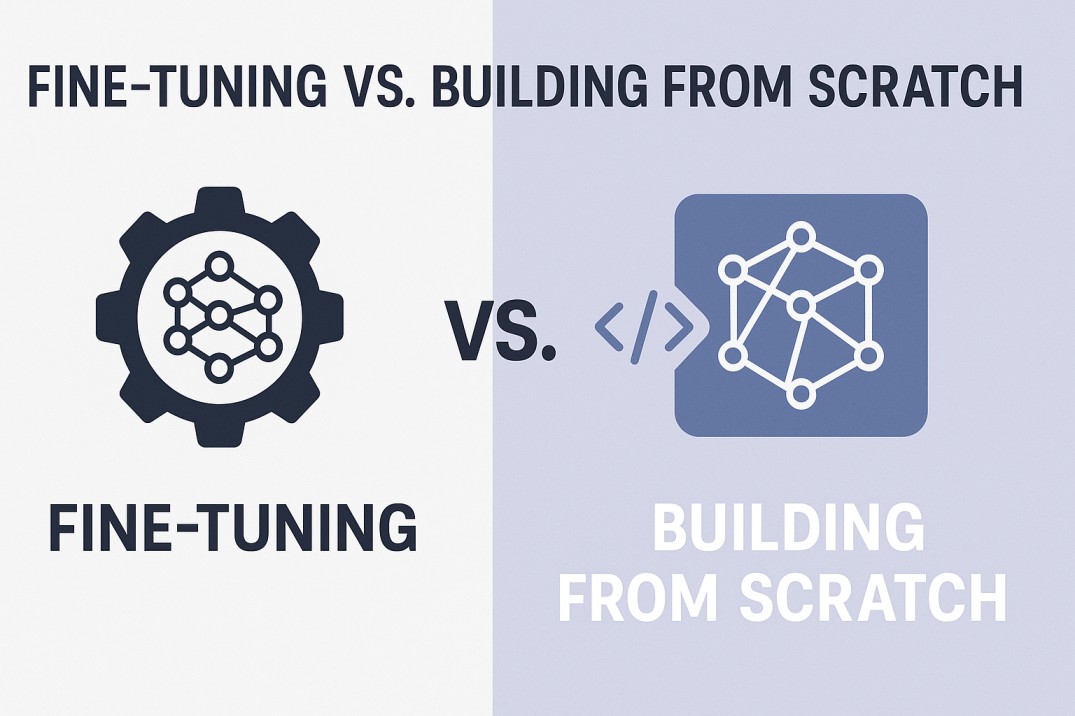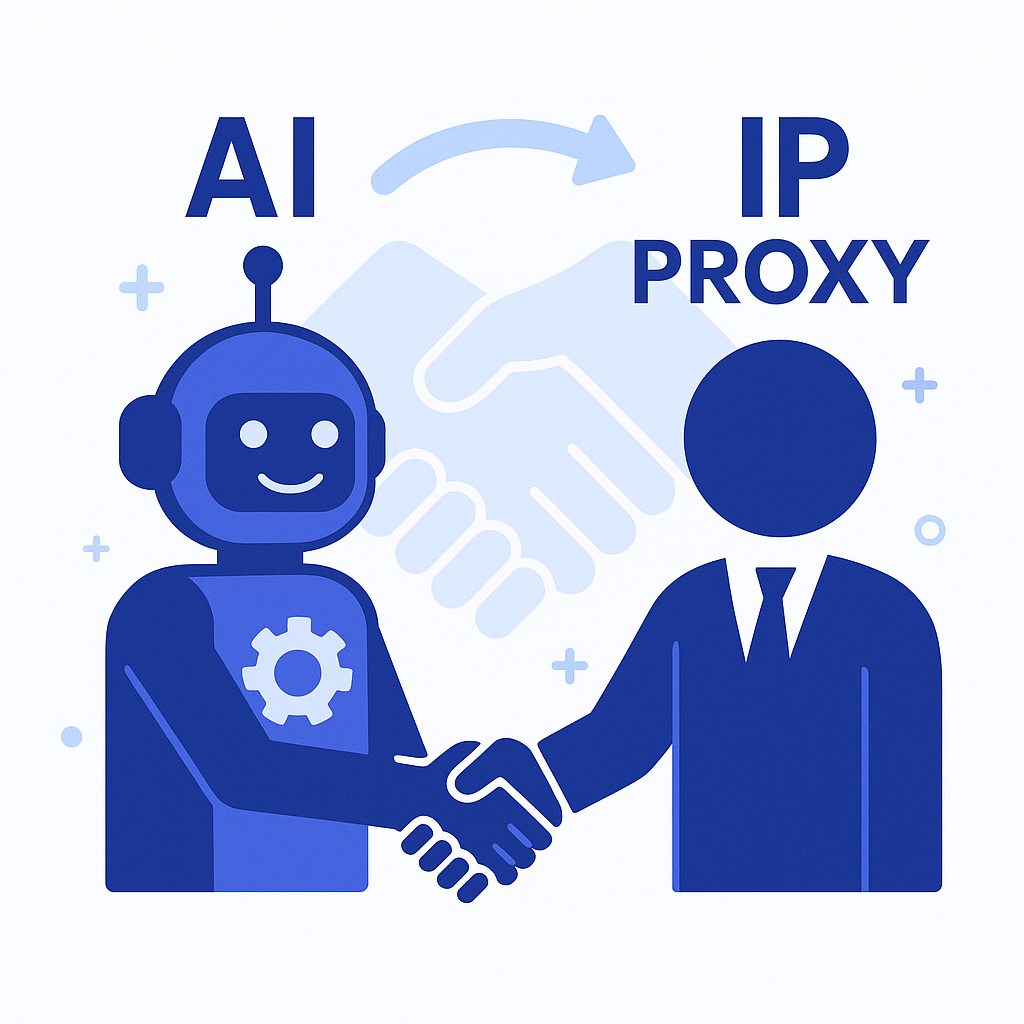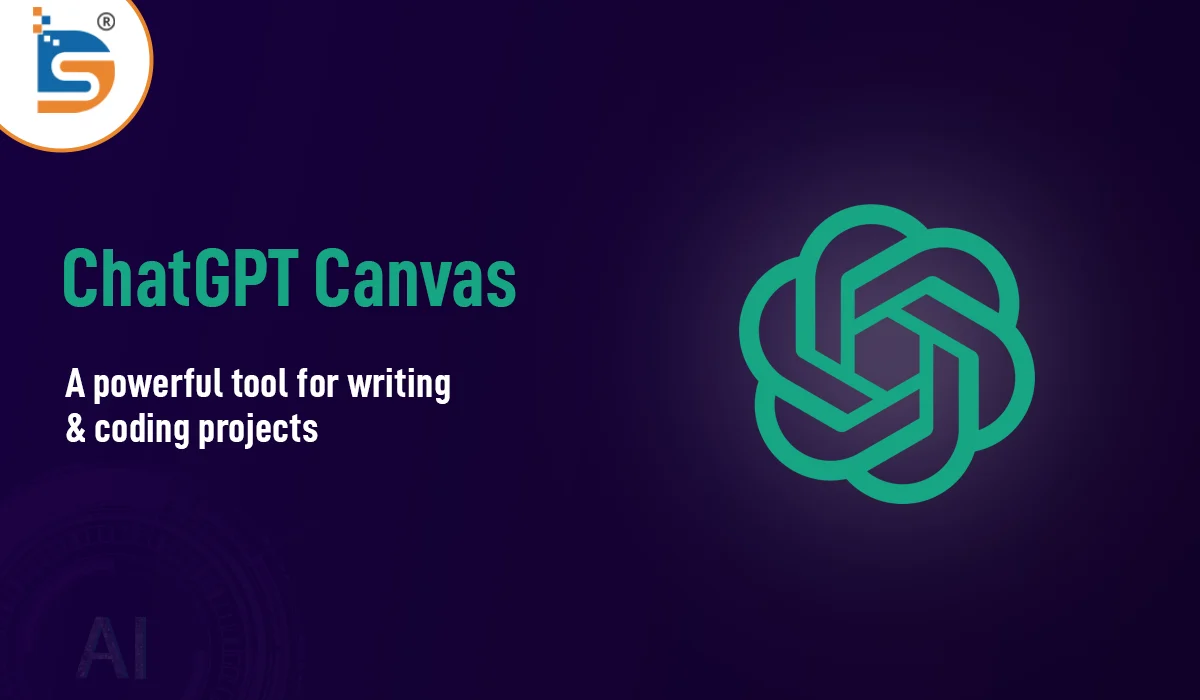Fine-Tuning vs. Building from Scratch: Which AI Approach Is Right for You?

Strong 8k brings an ultra-HD IPTV experience to your living room and your pocket.
Artificial Intelligence (AI) is no longer optional for businesses — it’s essential. But when it comes to implementing AI, decision-makers often face one big question: Should we fine-tune an existing model or build a new one from scratch?
This isn’t a decision to make lightly. Both approaches have pros, cons, and specific use cases. For CTOs and tech leaders in the USA, choosing the right path can mean the difference between a fast rollout and a costly delay.
Let’s break it down in plain English.
What Does Fine-Tuning Mean in AI?
Fine-tuning means taking an existing AI model — like GPT, BERT, or LLaMA — and tweaking it for your specific needs. It’s a bit like buying a ready-made suit and adjusting the sleeves and collar so it fits better.
For instance, if you run a healthcare company and want a chatbot that understands medical lingo, you can fine-tune a pre-trained model using medical texts and patient conversations.
This method uses fewer resources and time. You’re not reinventing the wheel — just modifying one that already rolls well.
Use Case Example:
A US-based insurance firm wanted a virtual assistant for policy-related queries. Instead of building one from zero, they hired NLP experts to fine-tune an open-source chatbot. The results? Faster deployment and lower cost.
What Does It Mean to Build From Scratch?
Now picture making a suit entirely from raw fabric. That’s what building an AI model from scratch looks like. You start with a blank canvas — data collection, model design, training, evaluation, everything.
This approach is usually for companies with:
- Proprietary data
- Highly specific use cases
- Security or compliance needs that off-the-shelf models can’t meet
Example: A fintech startup handling sensitive financial records might need an AI engine trained only on in-house, encrypted data. Off-the-shelf isn’t an option here.
Real-World Insight
According to McKinsey, nearly 60% of companies using AI prefer fine-tuning pre-trained models. Why? Speed and budget.
When Fine-Tuning Is the Smarter Move
Fine-tuning is perfect when:
- You want a chatbot that understands your industry
- You're customizing a recommendation engine
- Your use case is standard but needs minor domain tweaks
It’s a great middle ground. You get decent performance without the hassle of model training from scratch.
👉 Need help customizing your AI tools? Hire Generative AI Developers who can fine-tune large models for your business-specific needs.
Also, if your application involves chatbot development, it's smarter to Hire Chatbot Developers familiar with conversational model tuning.
Why Some Teams Still Build From Scratch?
Building from zero sounds expensive — and it is. But it gives unmatched freedom and deeper control.
For example:
- You’re building a proprietary AI product
- You need to integrate confidential or protected data
- Your use case isn’t covered by existing models
Another case? Multilingual enterprise apps with complex logic. Pre-trained models may not cut it.
If your development stack includes custom APIs, business logic, and web apps, it's wise to Hire MERN Stack Developers for a cohesive full-stack AI solution.
Cost Breakdown: Fine-Tuning vs. Building from Scratch
Let’s talk dollars and sense.
Fine-Tuning Costs
- Pre-trained model access (free or license-based)
- Minimal training compute (uses less GPU power)
- Data preparation and model adjustment
- Smaller dev team (AI engineer + domain expert)
Typical Range: $10,000–$50,000 depending on scale
- Building from Scratch Costs
- Full-scale model design and development
- Massive compute resources (GPUs, cloud cost, training cycles)
- Large, diverse team (data scientists, ML engineers, DevOps)
- Data acquisition, labeling, cleaning
Typical Range: $150,000 and beyond — especially for enterprise-scale systems
According to a Stanford AI Index report, training a cutting-edge model like GPT-style LLMs can cost millions in compute and data engineering. That’s overkill for most business use cases.
Performance: Does Custom Always Mean Better?
Surprisingly, fine-tuned models often outperform custom-built models for many industry tasks — especially when working with clean, domain-specific data.
Why?
Because foundation models like GPT, PaLM, and Claude have already been trained on billions of data points. Fine-tuning them adds just enough context to make them work for your business.
Custom-built models may lag in accuracy unless they’re trained on huge, high-quality datasets — which is a luxury few startups can afford.
Scalability and Maintenance
Fine-Tuned Models:
Easy to scale if built on top of robust platforms like Hugging Face or OpenAI. Updates are faster. Model behavior is predictable. Ideal for iterative improvements.
Built-From-Scratch Models:
Need dedicated teams to monitor, retrain, and maintain. Updates take longer. Small bugs can escalate without version control.
If your organization lacks a strong internal AI team, fine-tuning is the safer path.
When Compliance or Privacy Is Non-Negotiable
Let’s not forget regulations — especially in healthcare, finance, and legal sectors.
If your data is sensitive and must stay on-premise, you may have to build your own AI stack to comply with HIPAA, GDPR, or FINRA rules.
Still, there are secure ways to fine-tune using open-source base models like LLaMA or Falcon, hosted on your own infrastructure.
Pro Tip: Consider hiring developers experienced with confidential computing or AI edge deployments if this is your case.
How to Decide: Ask These 5 Questions
Before jumping into development, ask your team:
- What problem are we solving, and is AI truly the best solution?
- Do we have proprietary data that existing models can’t handle?
- What’s our budget and timeline?
- Do we need complete control over the AI model’s behavior?
- Can we maintain and improve the model long-term?
If your answers lean toward time, cost-efficiency, and rapid results — go with fine-tuning.
If your answers demand deep customization, privacy, and full control — consider building from scratch.
Hybrid Approach? Yes, That’s a Thing
Some companies use both.
They start with a fine-tuned model for quick rollout and later migrate to a custom-built model as needs evolve. This allows early wins without locking in long-term limitations.
It’s a great strategy for startups and mid-sized firms exploring AI with measured risk.
Final Thoughts: Your Move, CTOs
There’s no one-size-fits-all answer. But for most businesses in the US, fine-tuning a pre-trained model offers the best of both worlds — speed and relevance at a manageable cost.
If your company is exploring AI, start with a pilot project. Measure results. Then decide whether to scale, fine-tune further, or build your own AI engine.
Need help getting started? Whether you’re looking to build full-stack AI tools or conversational AI agents, Hidden Brains has dedicated experts to guide your journey.
AI isn’t just the future — it’s already shaping the present. Make your next move count.
Note: IndiBlogHub features both user-submitted and editorial content. We do not verify third-party contributions. Read our Disclaimer and Privacy Policyfor details.







